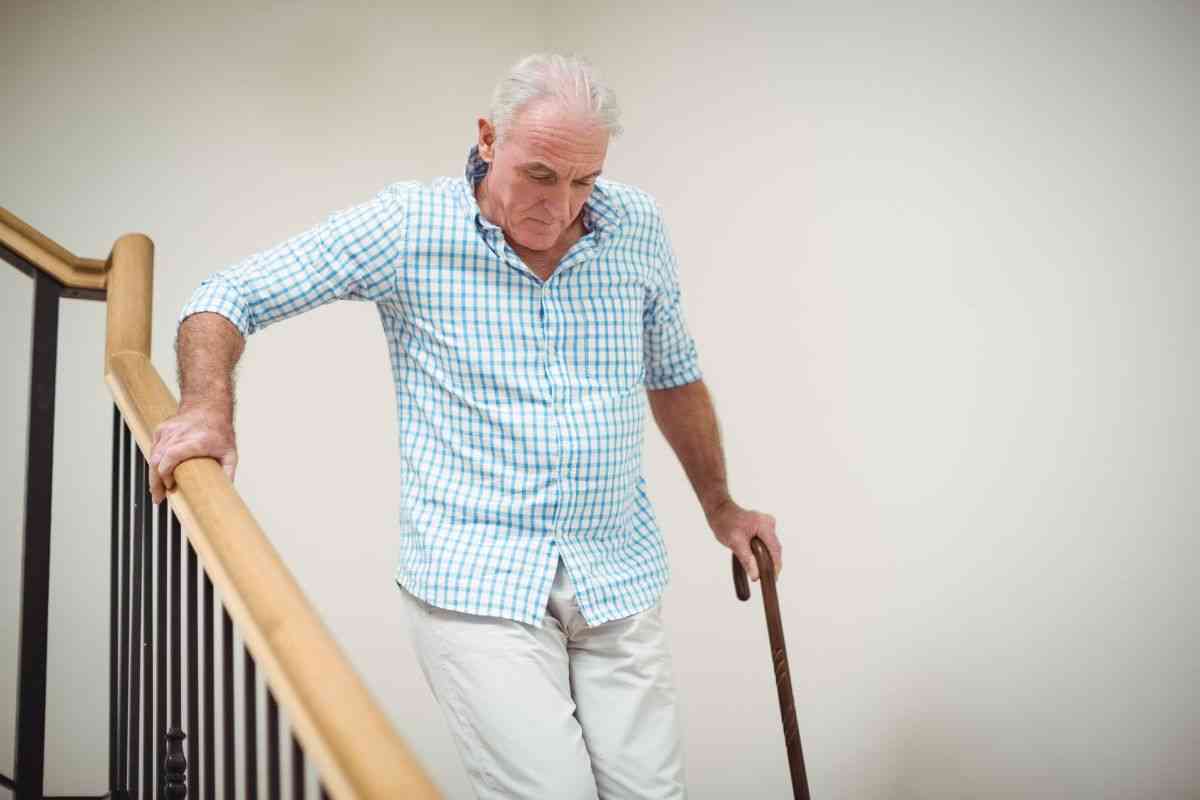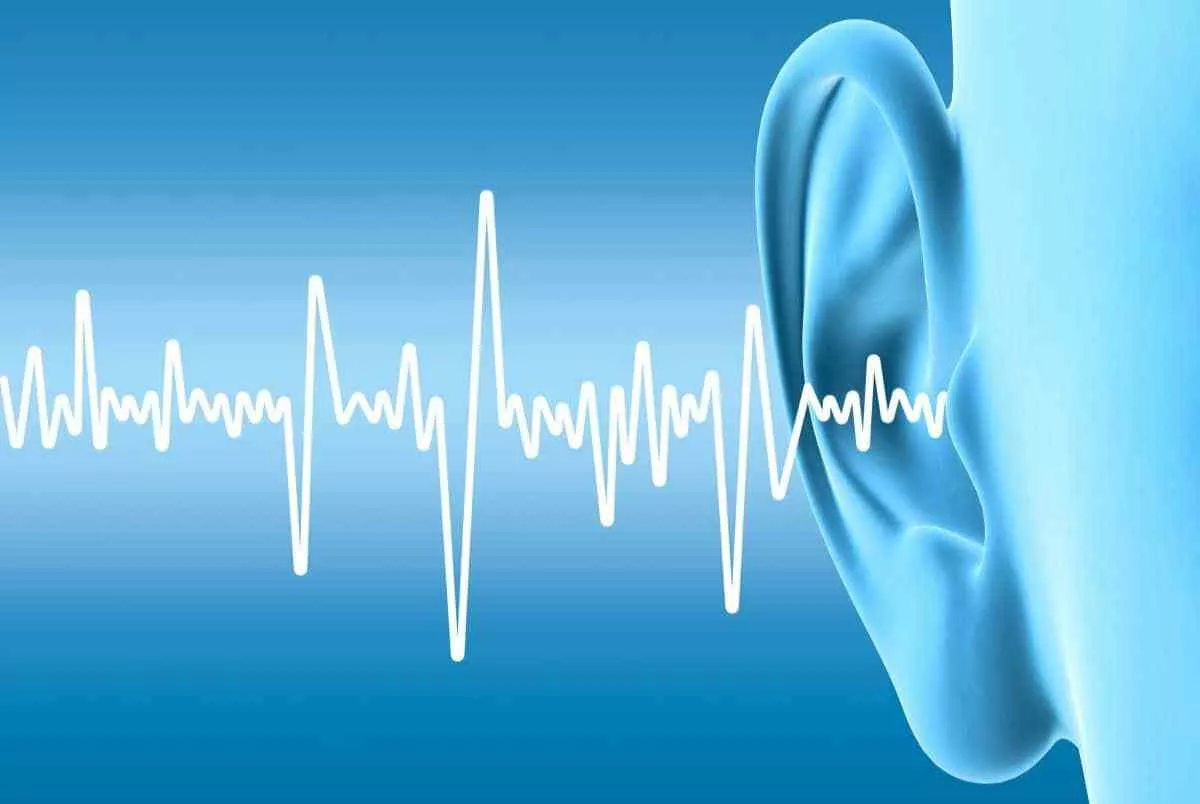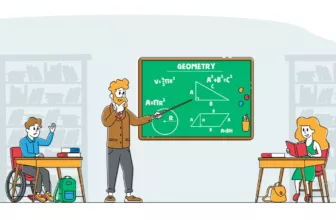
There are many reasons why someone might have trouble getting up and down stairs. In some cases, it’s because they’re elderly and have decreased mobility. In other cases, a physical disability makes it difficult for them to navigate stairways. That being said, physical disabilities or old age shouldn’t mean that someone can no longer go upstairs in their own home.
There are several options to assist with moving up or down stairs, ranging from simple to complex. For example, someone in this situation could look at home elevators from PVE to find a solution. Home elevators provide one of the easiest ways to move between floors of a multi-story house, and they add value as well as functionality to practically any residence. Other options include various styles of handrails and stair lifts. To learn more about them, just keep reading!
Handrails
Handrails are common in public spaces with stairs, but they aren’t exactly a default feature in multi-story homes. However, they can be very helpful for someone who needs a little extra assistance when going up and down the stairs. Installing a handrail may be the best choice for seniors who still have most of their mobility, but who aren’t quite as steady as they used to be. There are also physical disabilities that slightly impact someone’s balance; handrails could help people with these disabilities navigate stairs safely.
Some people have handrails installed on just one side of the staircase, while others prefer handrails on both sides. Whether they’re installed on one or both sides is purely a matter of how much support is required. Some people only need a bit of extra help to steady themselves, while others need something that they can grasp on either side.
If someone’s physical limitations aren’t that severe, then handrails might be all they need. If their condition is more serious, though, handrails won’t be enough to keep them safe while they use the stairs. Another factor to consider is that some physical disabilities grow worse over time; this is especially true for those that are caused by aging. Installing handrails might help for a while, but eventually, a more effective solution might be required.
Stair Lifts
For those with more limited mobility, stair lifts would be a better option compared to handrails. There are a few different types of stair lift, with the most common one being a powered seat mounted on tracks that run along the length of the stairs. The individual only has to sit down, activate the stair lift, and hold onto the grips on either side. When someone without a disability needs to use the stairs, the stair lift can be folded up against the wall so they can easily pass by.
There are a couple of advantages to using stair lifts. First, they’re usually fairly affordable. Second, they remove the risks of trips and falls while using the stairs. However, they do require a certain degree of balance and strength. If someone is too dizzy or weak to keep their balance while seated in the chair, they could have a serious accident.
This is especially true for stair lifts that have users stand on a platform and grip supports on either side. Again, these are helpful for someone who can support themselves to some degree, and for people who have difficulty bending their knees. However, they become very dangerous for those who experience dizziness or weakness. If a physical disability or advanced age has resulted in uncontrollable body movements, this would also make stair lifts a bad idea.
Home Elevators
This is by far the most versatile and effective option for getting upstairs with a physical disability. Even though residential elevators are more expensive than handrails or stair lifts, that expense adds to the value of the home. The expense is also offset by the fact that most home elevators last between 20 and 30 years, compared to the 10 to 15 years that a stair lift will last. Many people with physical disabilities have to think about creating a home that’s easy to navigate for the long term, and home elevators are a great way to do that.
For someone with a physical disability, the main benefit of a home elevator is the safety factor. If they have a dizzy spell or can’t control their movements, there’s no risk of falling down the stairs. Unlike some stair lifts, which have to be controlled by a second person, elevators can be used by the occupant with a single push of a button.
A home elevator offers autonomy and peace of mind. People with limited mobility sometimes need a carer to help with transfers, and moving up and down stairs alone can represent a serious risk. Even with an aid like handrails or a stair lift, the disabled person would still have to rely on their own strength to some degree. With an elevator, on the other hand, there’s no need for someone to stand by just to be on the safe side.
Residential elevators are also more versatile, since they can benefit anyone in the house. While a handrail or a stair lift would typically only be useful for someone with a physical disability, elevators are used by everyone. They allow people to move between floors quickly and effortlessly, whether or not they struggle with mobility.
Physical Disabilities That Make It Difficult to Use Stairs Safely
Some physical disabilities, such as ones that make it difficult to walk, would obviously be helped by a mobility aid like the ones mentioned above. However, there are also other conditions that would make a stair lift or an elevator a valuable addition to the house. These include:
- Arthritis
- Osteoporosis
- Some cardiovascular conditions
- Limited vision
- Conditions that affect muscle coordination
No matter what physical disability someone is living with, it’s important for them to feel safe in their own home. By installing the appropriate mobility aid, they can improve their quality of life and add value to their residence at the same time.
Coffee junkie. Spoonie. Writer about all things chronic illness and mental health. Friend of animals everywhere.








